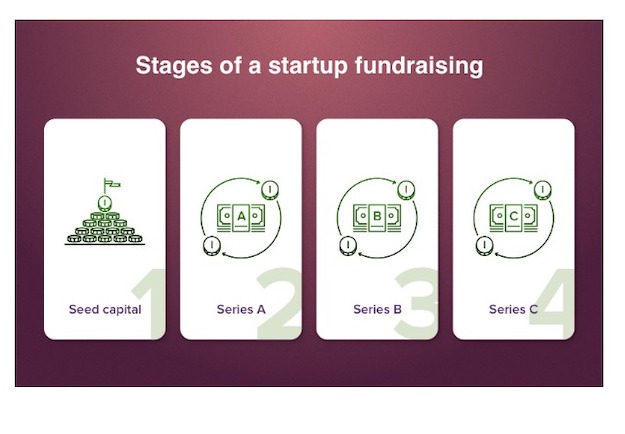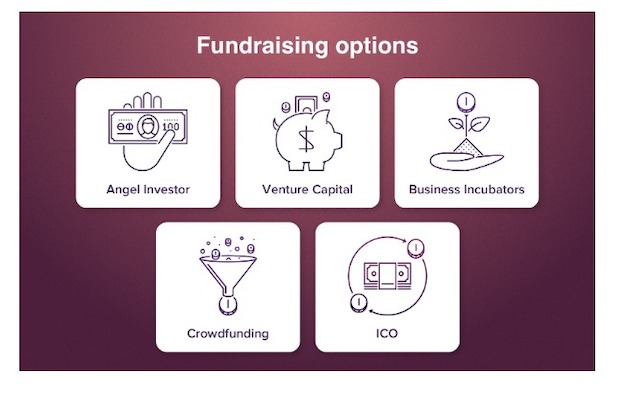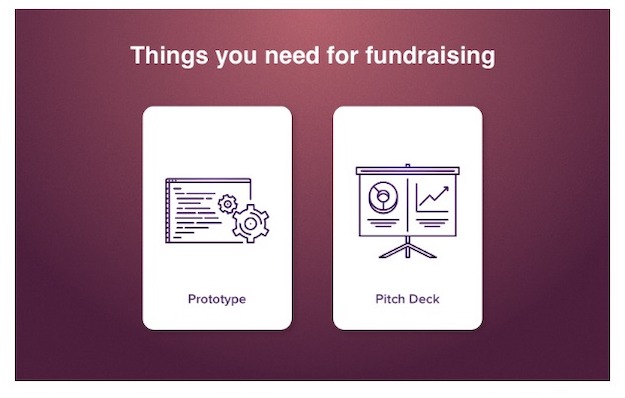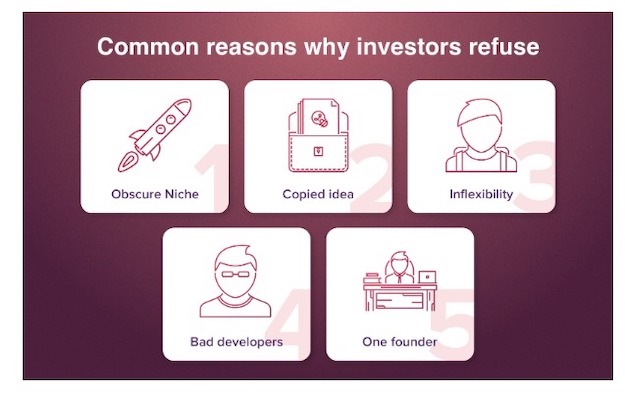Did you know that only 20% of all startups make it to the launch? 30% of them survive the first three years, and 3% get into the fifth year. Why so? Mostly, it’s about funding. If you’re a small startupper with a billion-worth idea and little to no money in your pocket, finding investors – and doing it fast – is everything.
So here comes a manual designed for first-time startups that struggle with money issues and look for investors for their business. Time to check it up.
How to Get Investors For a Startup
When you’re collecting money for your project, it’s hard to find a place to start. But mind that the standard scheme of raising money consists of different phases – rounds.
Here are the basic rounds of fundraising:
1. Seed round
2. Series A
3. Series B
4. Series C
The seed round is the money you already have and can spend right now. If you have enough, you can start bootstrapping. Which is when a startup founder relies on their own earnings or any profit this project can bring. In this case, no third-party investors are involved.
Series A means you’ll meet first investors and get some funding from them. Series B – you have significant results of your startup as a proof of its viability. The next series requires even more significant achievements.
Don’t Miss-
8 Legal Tips for Startups that Every Entrepreneur Must Know
Startup Business 101: How to Get a Loan with No Credit
Stage One: Choosing Fundraising Strategy
There are a few ways to get funds, and they are connected with the investors you’re ready to work with. Here are the main types:
#1. Angel Investor
Angel Investor’s a person who is willing to invest in your enterprise. But they don’t usually have large sums and thus make high-risk investments with fewer profit guarantees. You’d better contact Angel investors during the seed and A sessions.
How to get them? Look for Angel investors at conferences concerning the related industry. Or look online. The most popular platforms will be:
# Angellist
# Gust
# Angel Investment Network
#2. Venture Capital
Venture Capital is a form of financing which companies or large funds provide.
Investment funds perform collective investment on behalf of people or companies who entrusted their money. And a venture capitalist is a person who manages fund money and invests them in different projects.
Venture capitalists are quite demanding; they usually invest in reliable small firms or in dying companies that can be sold to the highest bidder. No risky business –- that’s why it is so hard to get their support in the early stages of project development.
How to find venture capitalists? Have a meeting with potential investors by asking one of them to introduce you. Sure, you can contact a venture capitalist directly, but there’s a small chance they will invite you to a real meeting.
#3. Business Incubators
These are establishments that help startups to launch and get funds. First, they provide you with seed capital. Then, they teach you. BIs organize lectures, invite famous business people to meetings, and share the insights. Plus they can introduce you to the Vs in time.
Where to find BI? One of the best companies is Ycombinator. They raised more than 800 startups. Twice a year, they choose the most promising startups and invest $120K in them. The winners move to Silicon Valley for three months during which Ycombinator teaches startup owners to manage business issues. Then startups meet investors who are willing to help.
#4. Crowdfunding
Crowdfunding is a form of raising money with the help of different platforms that offer different conditions. Some offer donations free of charge, without any rewards you give to people. This may work if your startup is connected with charity or any other noble purpose. Other platforms offer to raise money in exchange for different bonuses you give.
How to start crowdfunding? There are tons of useful websites:
# GoFundMe, a donation-based organization that helps with raising funds for business startups at no charge;
# Kickstarter, where you set a reward for being funded, though only if the startup raises the needed amount (it’s also a good idea to look into fulfillment services for Kickstarters) ;
# Indiegogo, where you need to pay up to 9% fee to be funded.
#5. Initial coin offering
It’s a new hype in the world of investment. ICO is used instead of the usual percentage in the company that you offer to get funds. Now, you sell this cryptocurrency to investors. The system’s easy at first but you need to create ICO which requires an experienced developer by your side. The easier way is to create tokens based on existing cryptocurrencies, not coins themselves.
How to Get Investors: Stage Two
No matter what option you choose, when dealing with investors you need to be ready for all sorts of questions. And show substantive preparations. That’s how you can convince everyone that your project is going to be great.
Initially, there are two things to be ready for – prototype and Pitch Deck.
Prototype
If you’re developing a software solution, its clickable prototype is a must-have. It’s hard to explain how everything works in words so you should give the stakeholders a chance to test your product. Or you can develop an MVP solution and run beta testing. At least, show your project’s design (but make sure it looks great).
Pitch Deck
This is a presentation you make for potential investors. The simplest draft can be created in Powerpoint or Google Slides. It should contain information about your startup, including all the numbers and research materials.
Fundraising Mistakes and How to Avoid Them
Even if you’ve done everything correctly, stakeholders may refuse to put money into your startup. There are several reasons for that.
Obscure niche. A new market is great, but you should define it very precisely. If you’re afraid of competitors, it doesn’t mean you should let them ahead. Don’t be scared to put your idea to life if it’s big and covers a broad niche.
Copied idea. Copies don’t become great. And that’s a just reason for a stakeholder to turn down your startup. Concentrate on your own, unique product that solves existing problems, don’t copy.
Inflexibility. Mind that you need to be agile and ready to change the purpose of your project if something better comes to mind. If you’re not sure which idea works better, talk to your customers. In case they’re excited about your new concept, go for it.
Bad developers. Bad vendors can ruin everything; no matter how great is the idea. So don’t rush to hiring freelancers and save some, pick an experienced team instead.
One founder. Startups with only one founder don’t usually get successful. When the owner is open, they involve partners and employees to share ideas and discuss difficulties. As well as accept positive criticism that helps to make a better product.
Wrapping up
I’d say that the fundraising process is quite long and very complicated. But this is how money works.
So even if you’re a tough player, make your startup look most promising in the eyes of investors. Remember: a single idea isn’t enough. Make sure to prepare a prototype, concise, and convincing pitch deck, and as much information about your project as you can gather.





